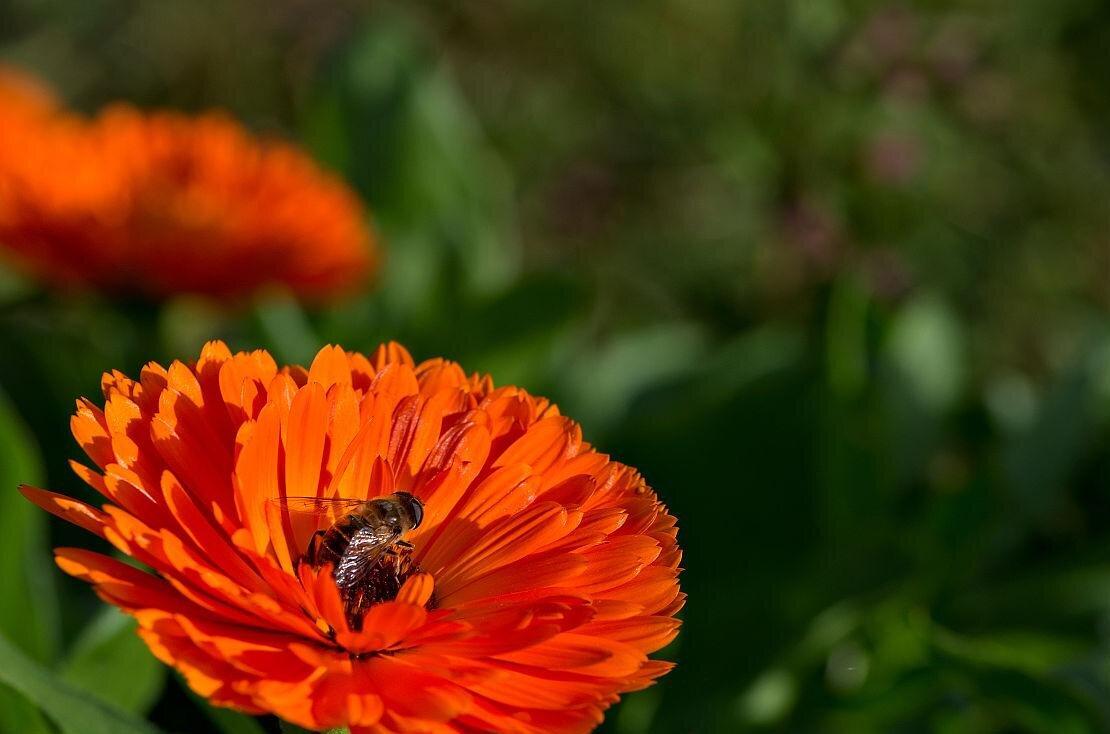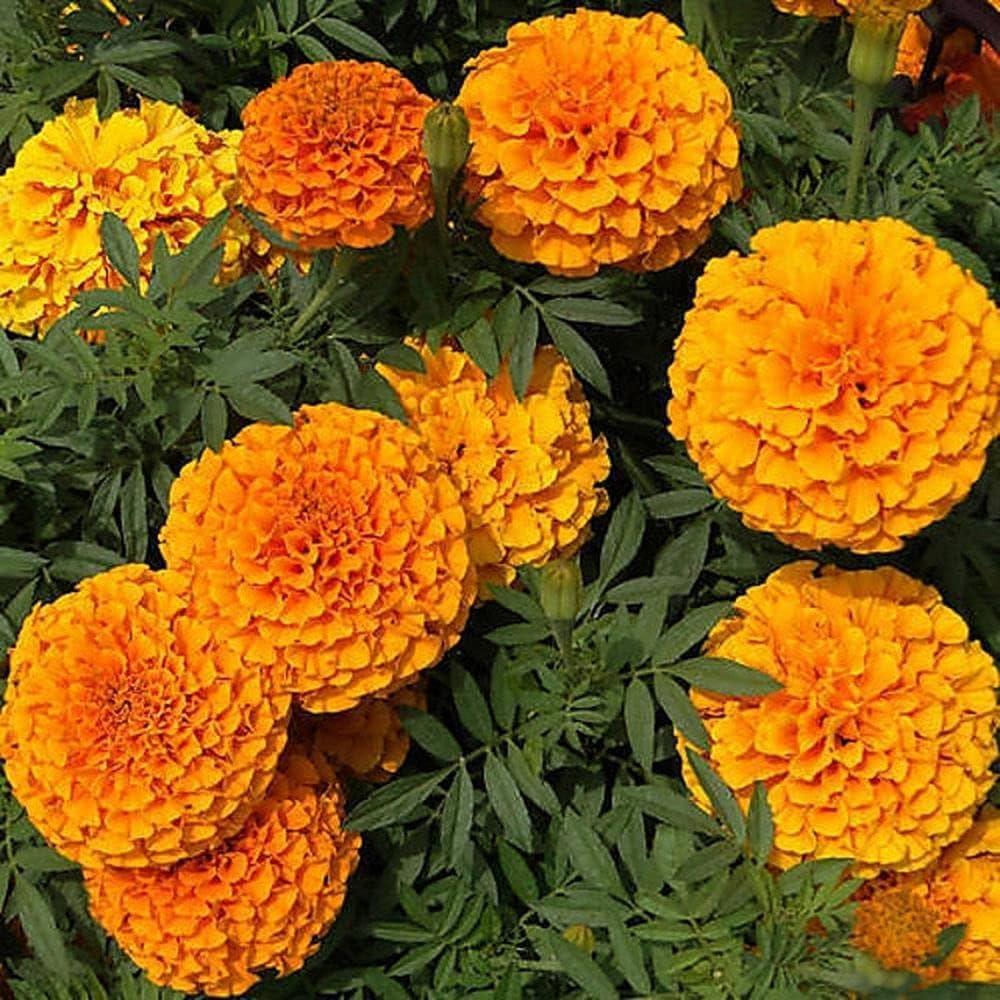Cornaceae is a fascinating plant family with an interesting story. Legend has it that once upon a time, an old man had a dream in which he saw a plant with a red fruit that he had never seen before. He searched for the plant but could not find it until he met a beautiful lady who had a red fruit in her hand. The lady gave the old man the fruit, which he took to a wise man, who identified it as belonging to the Cornaceae family. This plant family has since been known for its red, black, and blue fruits, and its beautiful flowers.
Picture
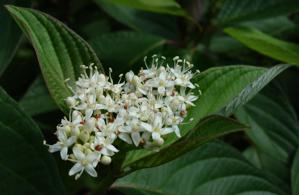
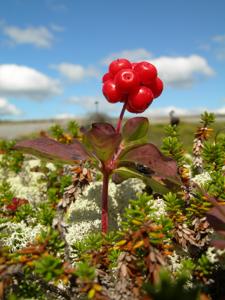
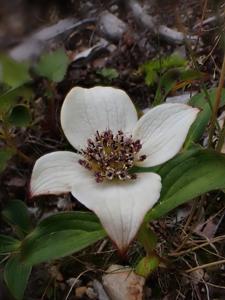
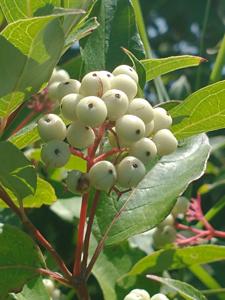
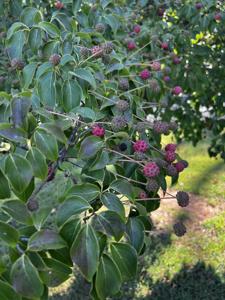

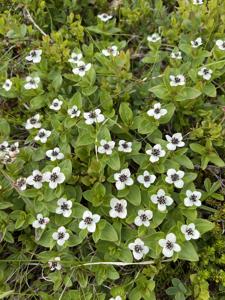
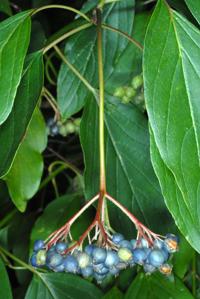
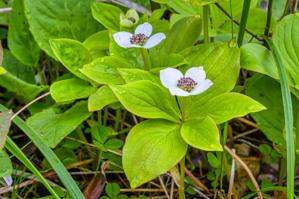
Plant some seeds now!
Short Description
The Cornaceae are a cosmopolitan family of flowering plants in the order Cornales. The family contains approximately 85 species in two genera, Alangium and Cornus. They are mostly trees and shrubs, which may be deciduous or evergreen, although a few species are perennial herbs. Members of the family usually have opposite or alternate simple leaves, four- or five-parted flowers clustered in inflorescences or pseudanthia, and drupaceous fruits. The family is primarily distributed in northern temperate regions and tropical Asia. In northern temperate areas, Cornaceae are well known from the dogwoods Cornus.
The systematics of Cornaceae has been remarkably unsettled and controversial, and many genera have been added to it and removed from it over time. (One researcher called it a “dustbin”.) Molecular phylogenetics have clarified the relatedness of some associated genera, and at least nine genera that were previously included in Cornaceae have been eliminated from the order Cornales entirely, but the circumscription of Cornaceae is still unclear. The Angiosperm Phylogeny Group usually defines Cornaceae as comprising the genera Cornus and Alangium as well as five genera now separated into the family Nyssaceae. However, many of these genera are sometimes split off into their own families (e.g. Alangiaceae), and the usage remains inconsistent.

